40 draw and label cell
› cells › bactcellInteractive Bacteria Cell Model - CELLS alive In the space are enzymes and other proteins that help digest and move nutrients into the cell. Cell Wall: Composed of peptidoglycan (polysaccharides + protein), the cell wall maintains the overall shape of a bacterial cell. The three primary shapes in bacteria are coccus (spherical), bacillus (rod-shaped) and spirillum (spiral). › cells › 3dcellInteractive Cell Models - CELLS alive Living cells are divided into two types - prokaryotic and eukaryotic (sometimes spelled procaryotic and eucaryotic). This division is based on internal complexity. The following interactive animations provide graphic roadmaps to the organization of both of these cell types.
alive! Since 1994, CELLS alive! has provided students with a learning resource for cell biology, microbiology, immunology, and microscopy through the use of mobile-friendly interactive animations, video, puzzles, quizzes and study aids.

Draw and label cell
› learn › natural-scienceThe Cell: Passive Transport Diffusion - Wisc-Online OER The Cell: Passive Transport Diffusion By Barbara Liang. In this animated object, learners view molecules as they collide and move between two different solutions. They also observe what happens when the temperature of the solutions is raised or lowered. en.wikipedia.org › wiki › Cell_(biology)Cell (biology) - Wikipedia The cell is the basic structural and functional unit of life forms. Every cell consists of a cytoplasm enclosed within a membrane, and contains many biomolecules such as proteins, DNA and RNA, as well as many small molecules of nutrients and metabolites. The term comes from the Latin word cellula meaning 'small room'. learn.genetics.utah.edu › content › cellsCell Size and Scale - University of Utah The label on the nucleotide is not quite accurate. Adenine refers to a portion of the molecule, the nitrogenous base. It would be more accurate to label the nucleotide deoxyadenosine monophosphate, as it includes the sugar deoxyribose and a phosphate group in addition to the nitrogenous base.
Draw and label cell. learn.genetics.utah.edu › content › basicsBasic Genetics - University of Utah To read a set of chromosomes, scientists look for key features to identify their similarities and differences. learn.genetics.utah.edu › content › cellsCell Size and Scale - University of Utah The label on the nucleotide is not quite accurate. Adenine refers to a portion of the molecule, the nitrogenous base. It would be more accurate to label the nucleotide deoxyadenosine monophosphate, as it includes the sugar deoxyribose and a phosphate group in addition to the nitrogenous base. en.wikipedia.org › wiki › Cell_(biology)Cell (biology) - Wikipedia The cell is the basic structural and functional unit of life forms. Every cell consists of a cytoplasm enclosed within a membrane, and contains many biomolecules such as proteins, DNA and RNA, as well as many small molecules of nutrients and metabolites. The term comes from the Latin word cellula meaning 'small room'. › learn › natural-scienceThe Cell: Passive Transport Diffusion - Wisc-Online OER The Cell: Passive Transport Diffusion By Barbara Liang. In this animated object, learners view molecules as they collide and move between two different solutions. They also observe what happens when the temperature of the solutions is raised or lowered.
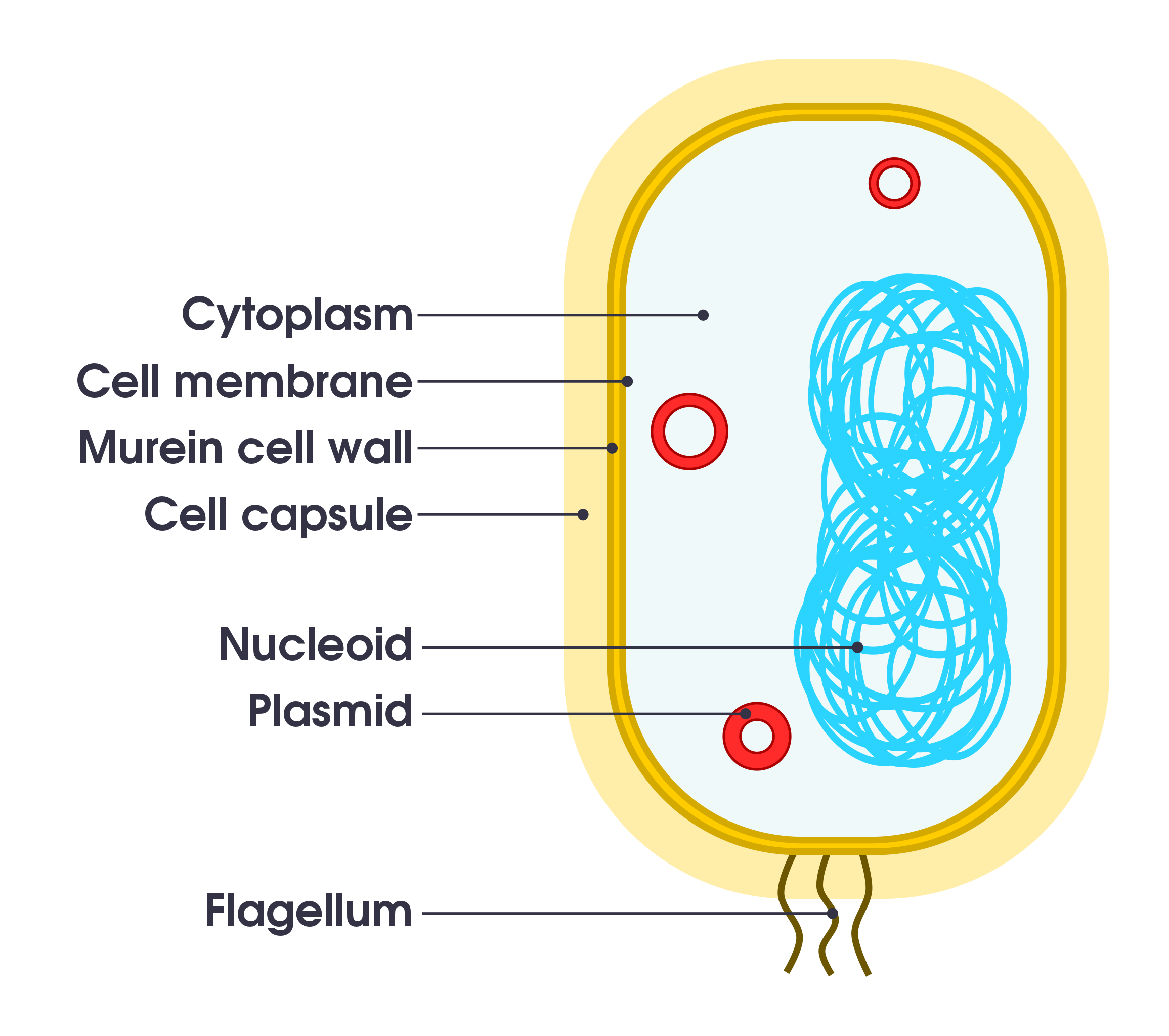













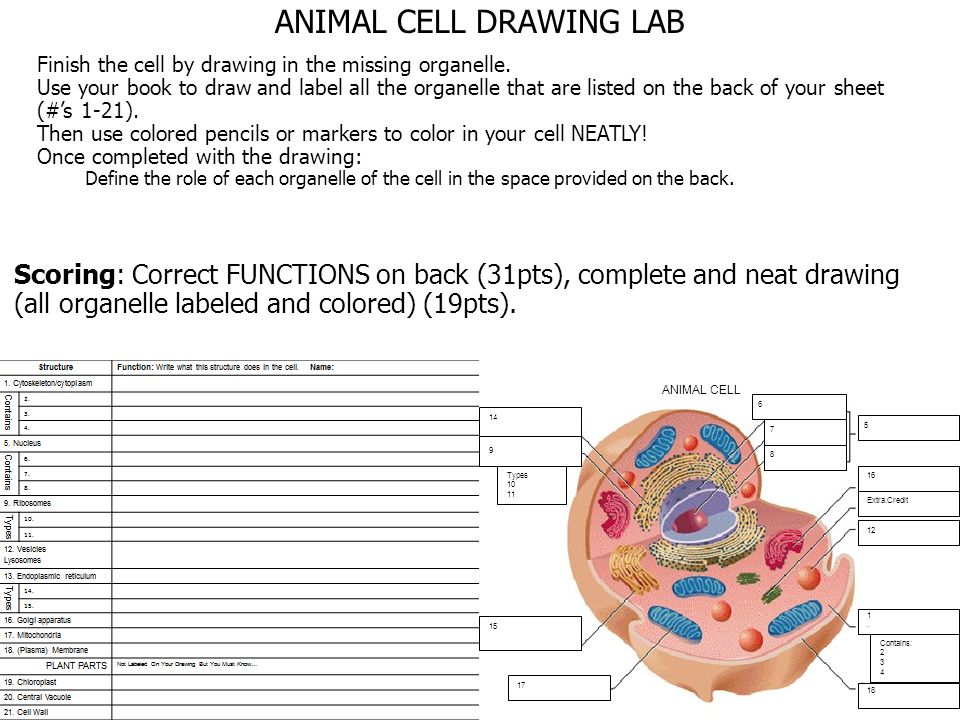







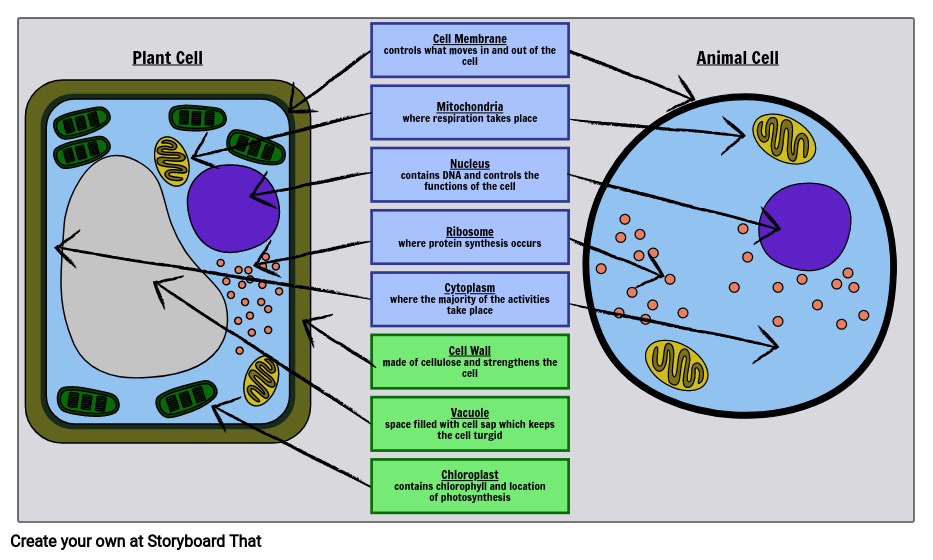





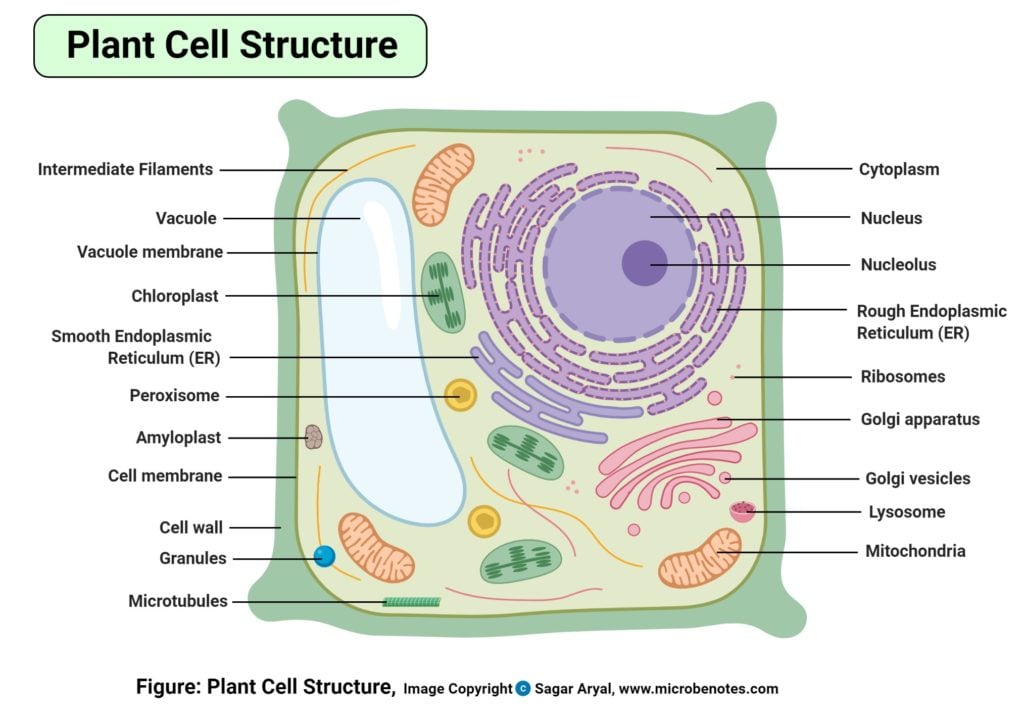





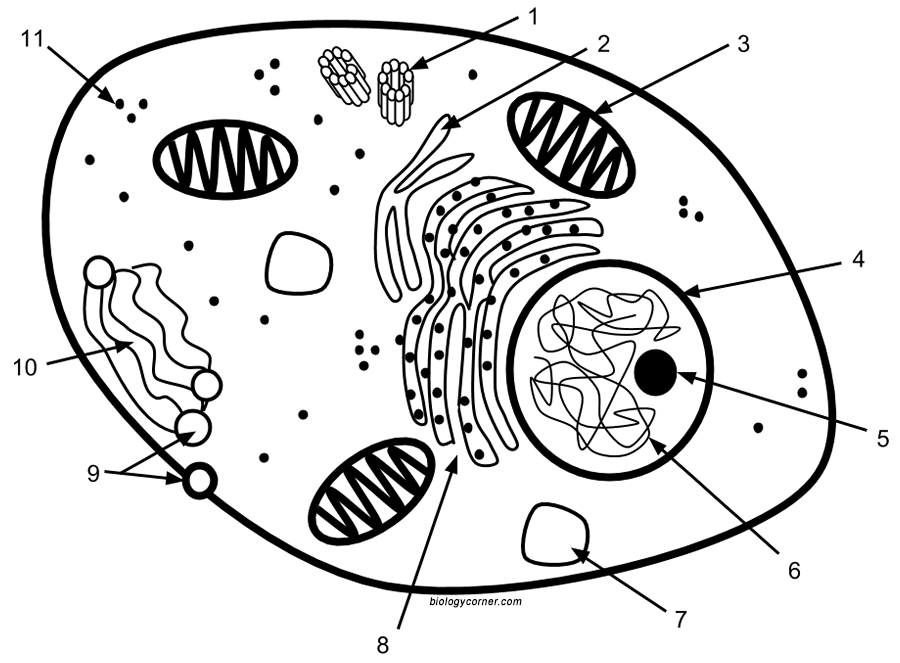

Post a Comment for "40 draw and label cell"